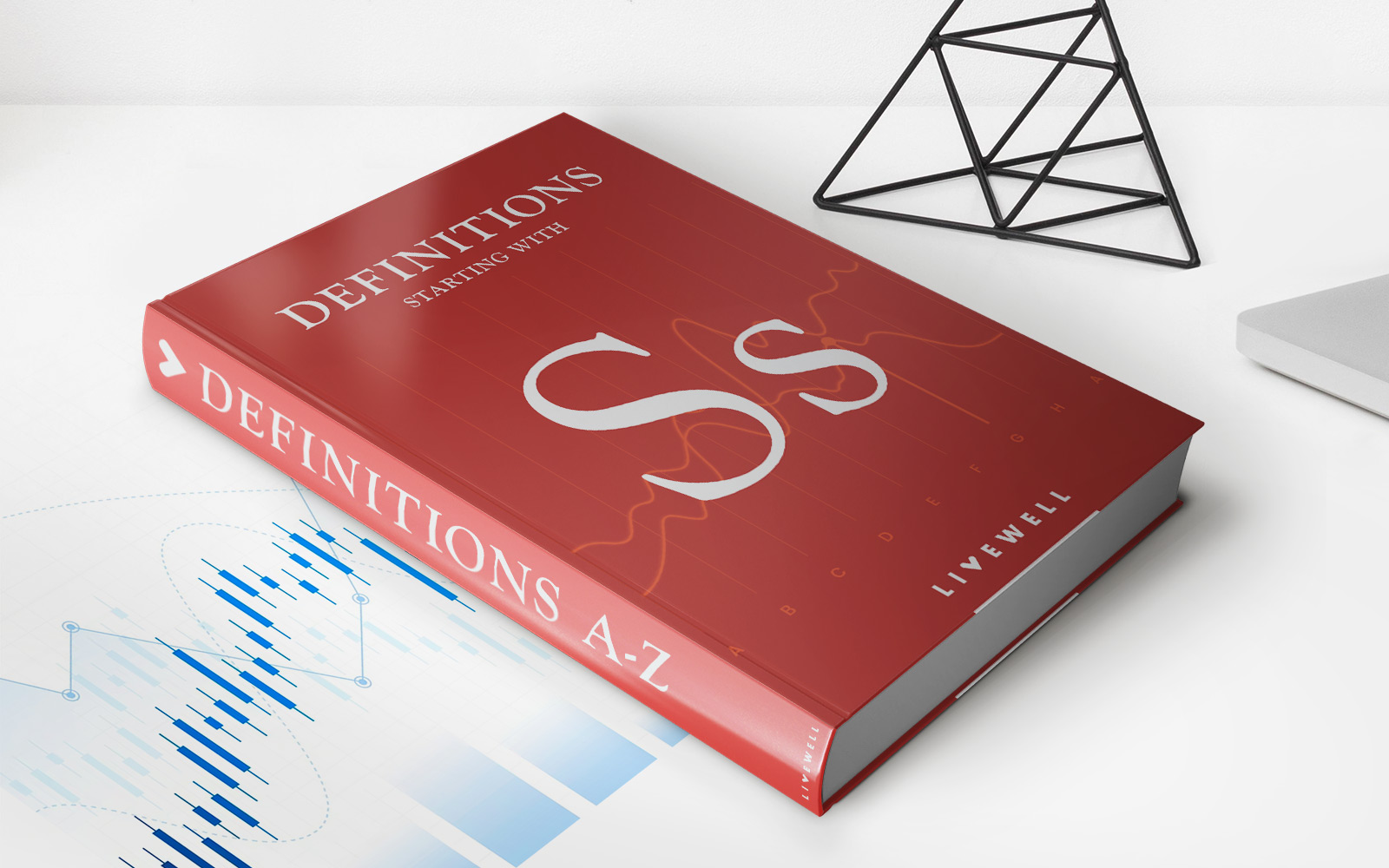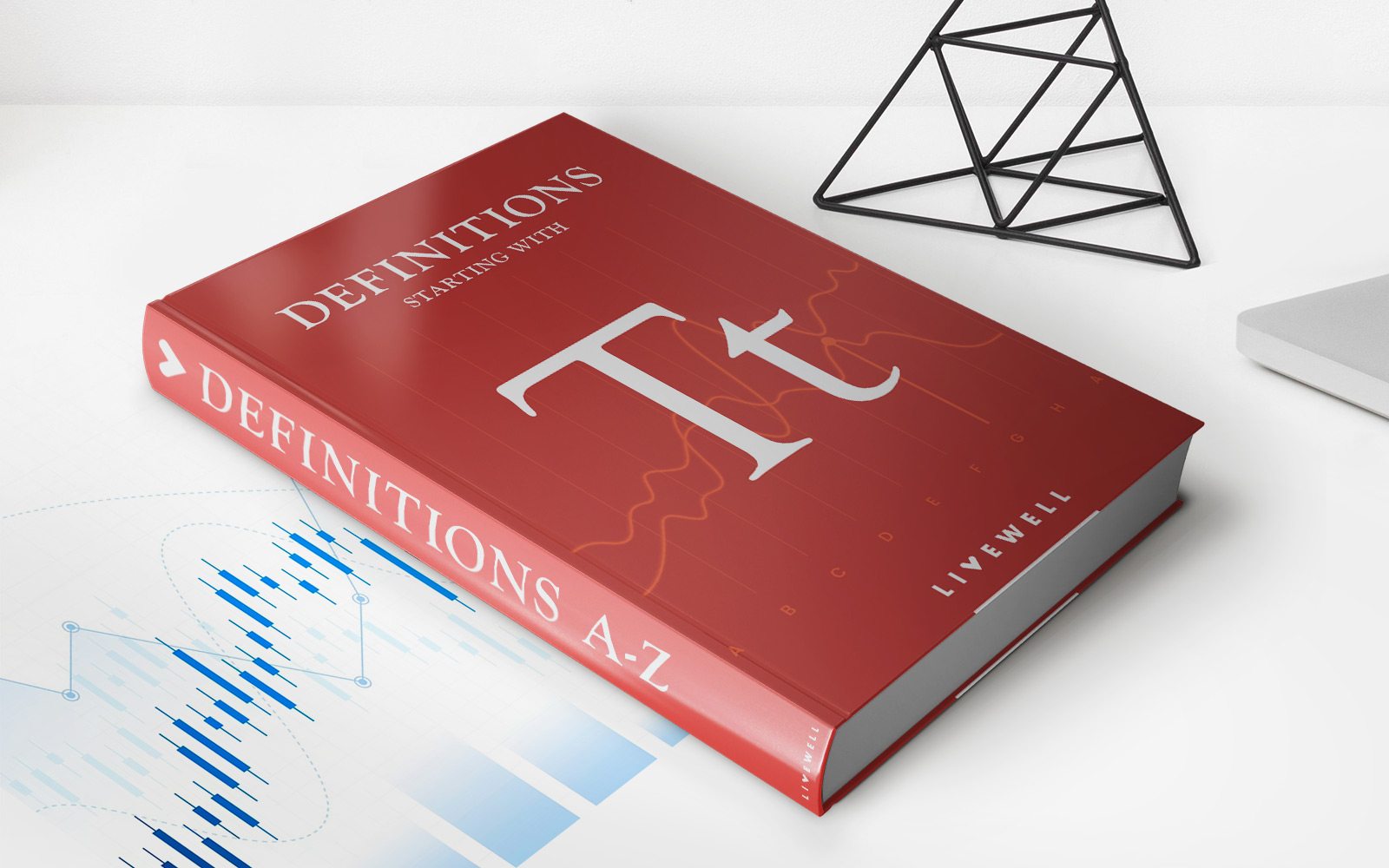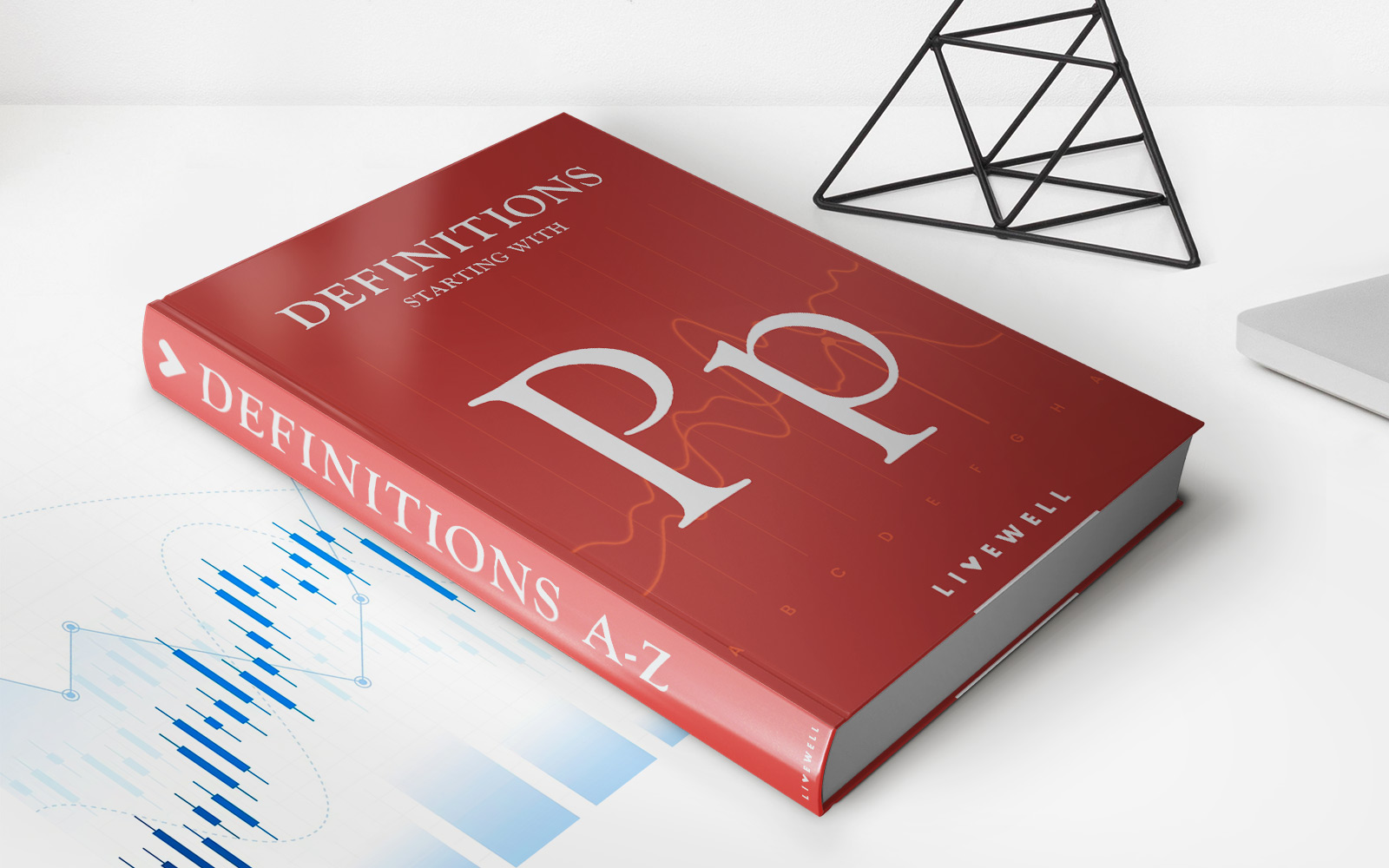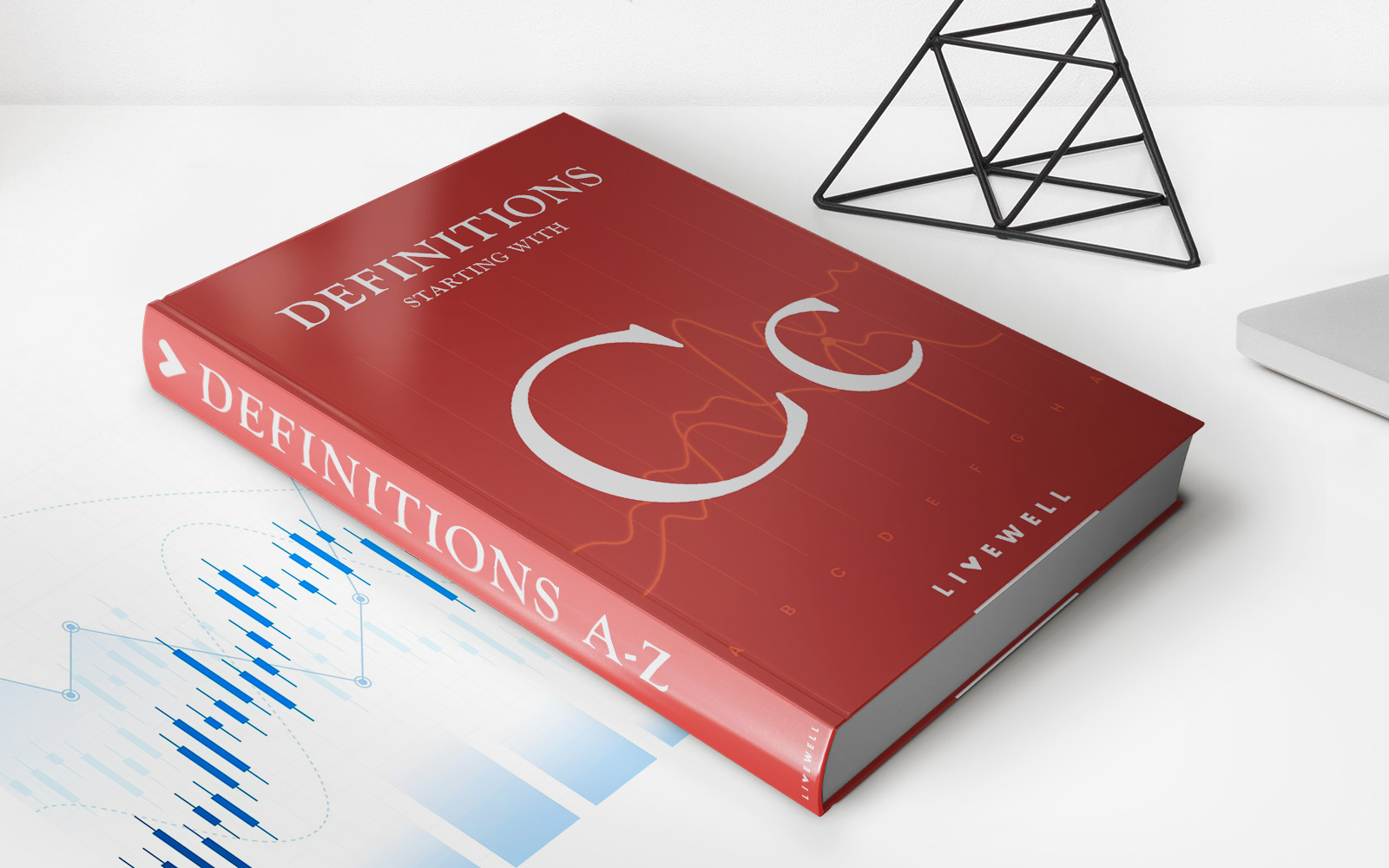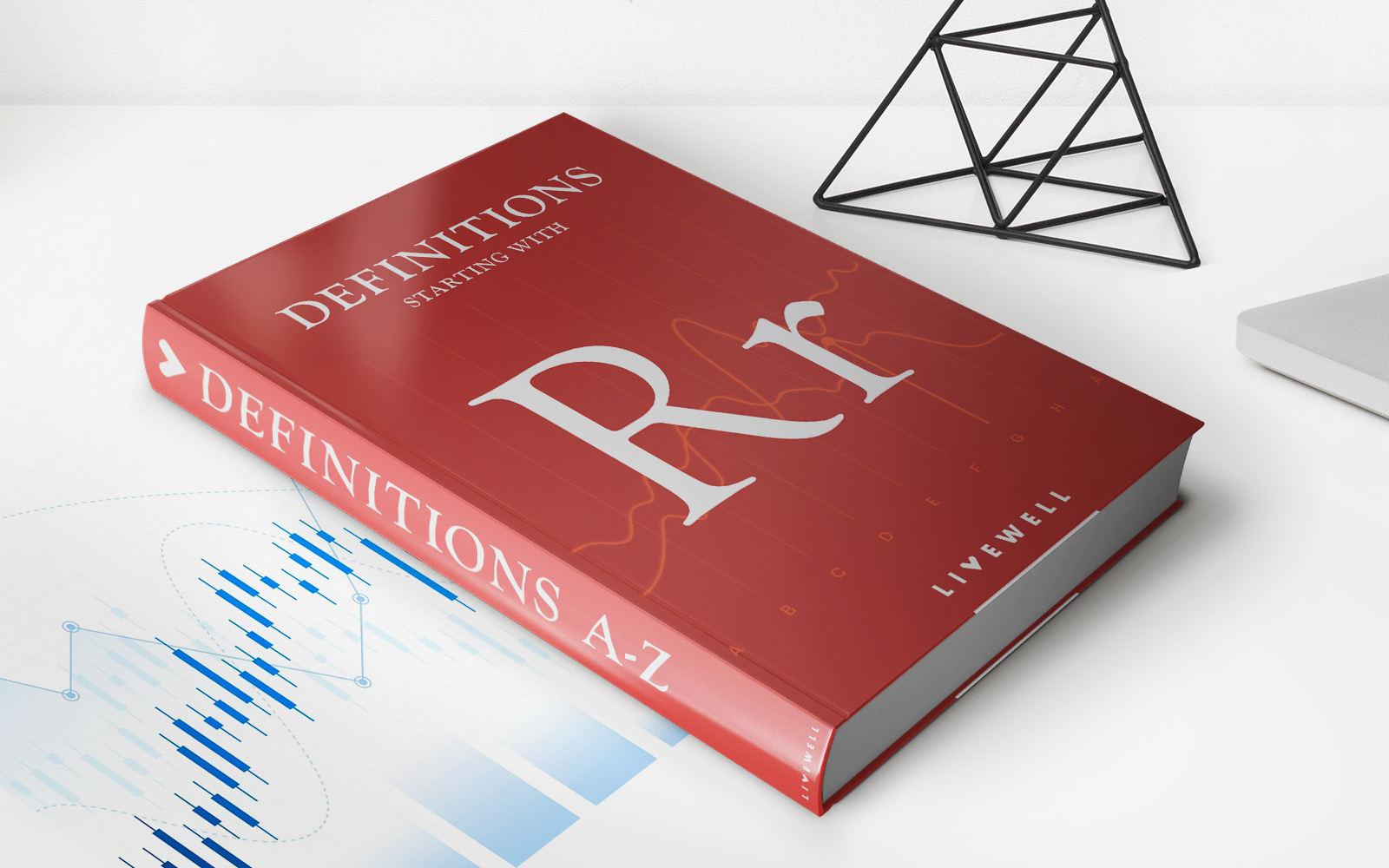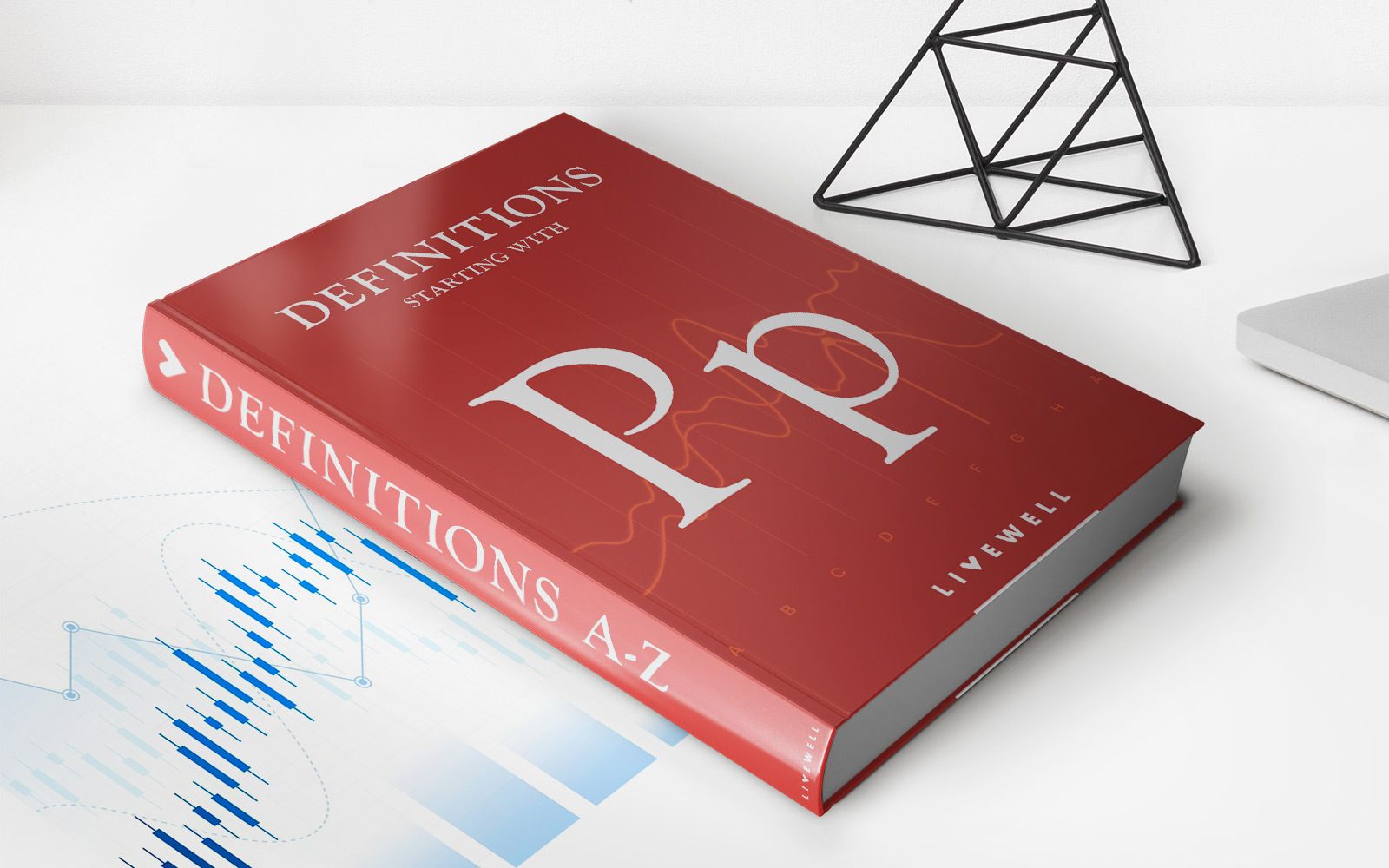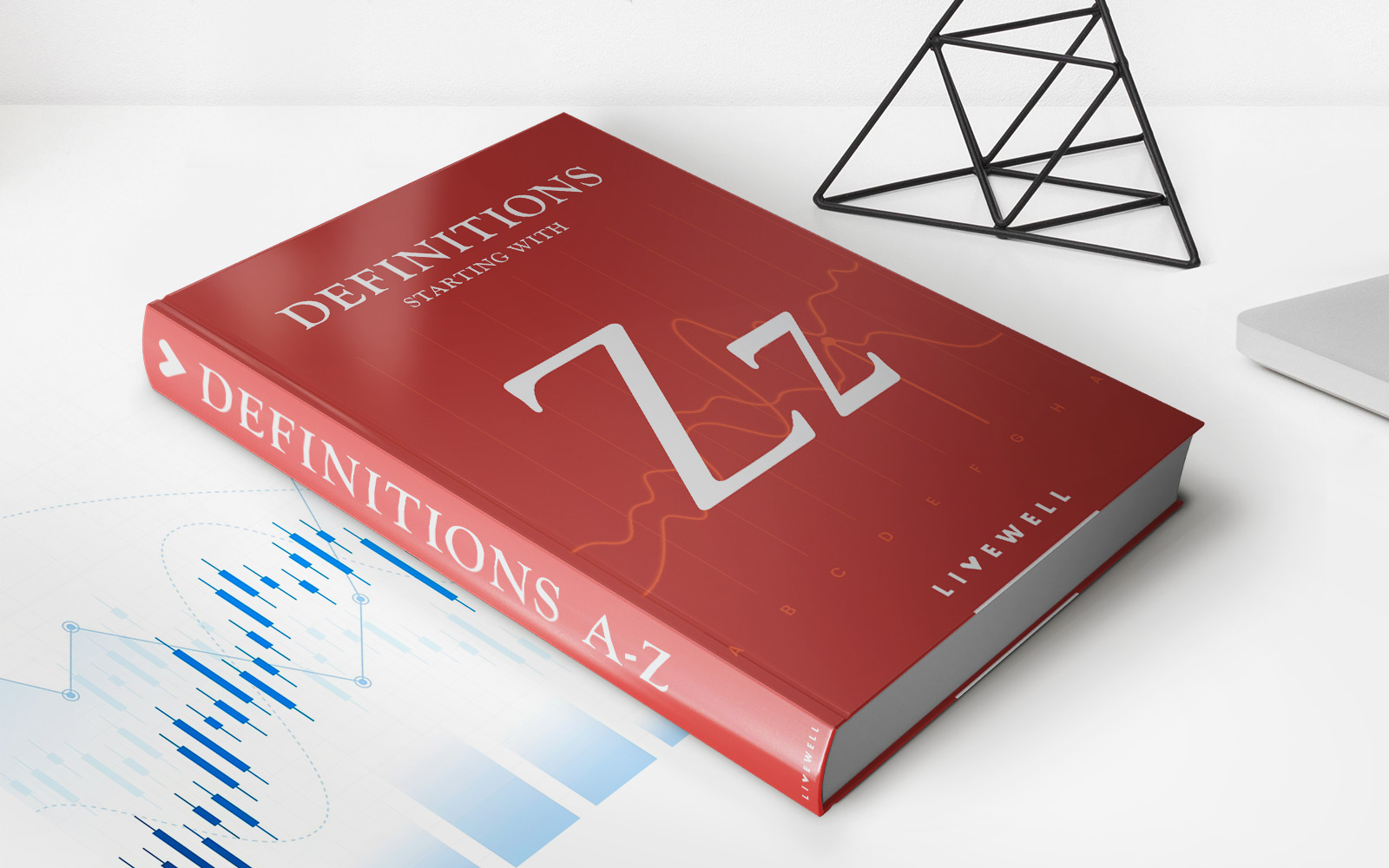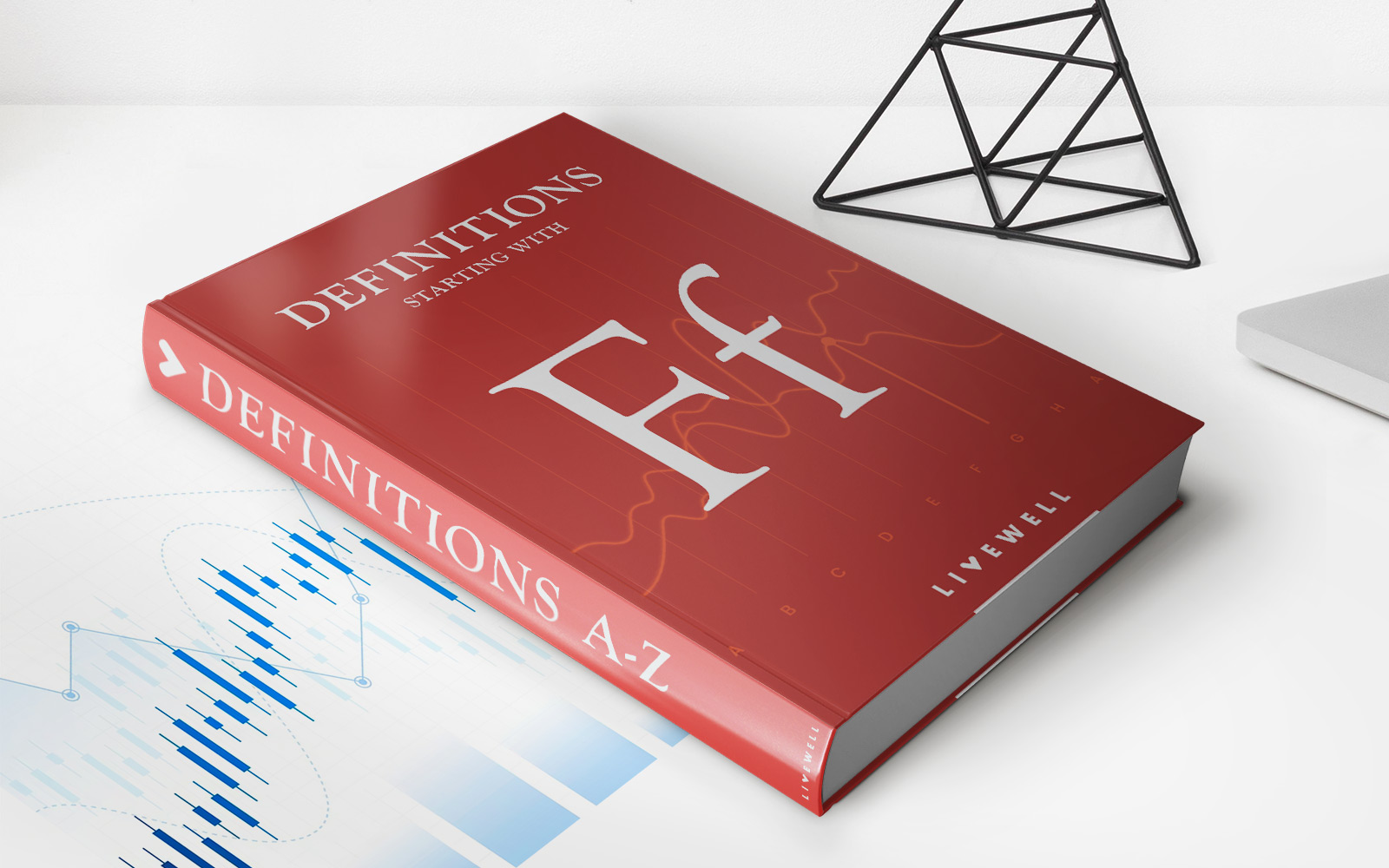Home>Finance>Abacus: Definition, How It’s Used, And Modern Applications
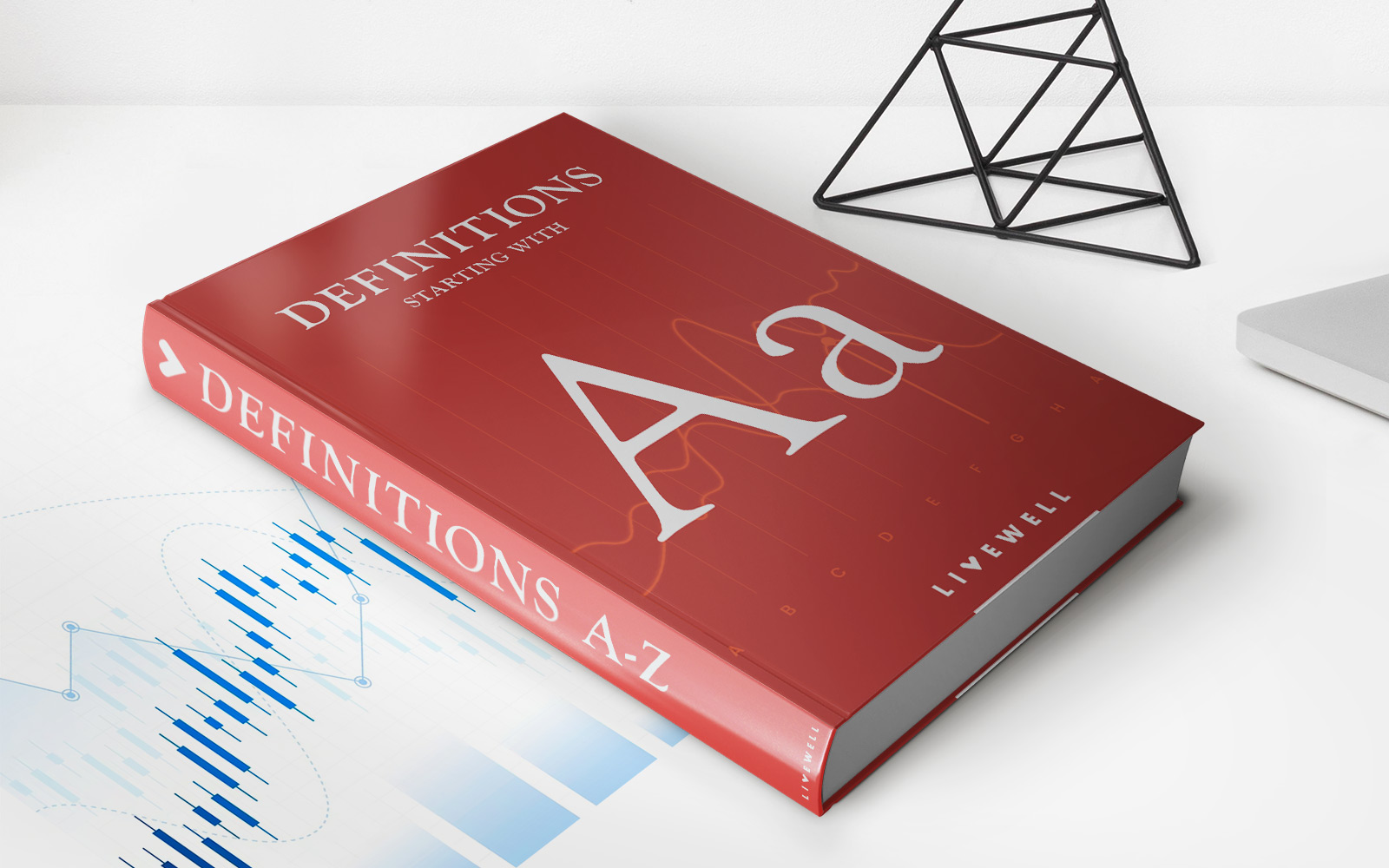

Finance
Abacus: Definition, How It’s Used, And Modern Applications
Modified: October 11, 2023
Discover the definition and applications of abacus in finance. Learn how this ancient tool is used in modern finance to enhance numerical calculations and problem-solving skills.
(Many of the links in this article redirect to a specific reviewed product. Your purchase of these products through affiliate links helps to generate commission for LiveWell, at no extra cost. Learn more)
Unlocking the Power of the Abacus: A Journey through History and Modern Applications
When it comes to finance, innovation has always played a pivotal role in shaping the way we crunch numbers. From the ancient abacus to today’s advanced computer algorithms, the tools we use have evolved, but their fundamental purpose remains the same: to calculate and make informed decisions. In this article, we dive into the world of the abacus, exploring its definition, historical significance, how it’s used, and its modern applications.
Key Takeaways:
- The abacus is an ancient calculating device that has been used for centuries.
- It offers a tangible and visual representation of numbers, making it a valuable tool for improving mental math skills.
What is an abacus?
The abacus is a counting tool believed to have originated in ancient Mesopotamia around 2700 BCE. It consists of a rectangular frame with parallel rods or wires, known as the “rails,” along which beads slide back and forth. Each column of beads represents a place value, with the beads on one side representing units and the other side representing larger denominations like tens, hundreds, and thousands.
The beauty of the abacus lies in its simplicity. It allows users to perform addition, subtraction, multiplication, and division by moving beads, creating a tangible and visual representation of calculations. This tactile approach makes it an excellent tool for learning and improving mental math skills.
Historical Significance and How It’s Used
The abacus has deep historical significance, with its usage found in ancient civilizations such as the Chinese, Egyptians, Greeks, and Romans. It played a vital role in commerce and trade, aiding merchants in performing calculations efficiently.
Even in the modern era, the abacus has not lost its relevance. While electronic calculators and computers dominate the finance industry, the abacus is still actively used, particularly in Asian countries like China, Japan, and South Korea. In fact, it forms an essential part of the curriculum in many schools, helping students develop strong mathematical foundations.
Modern Applications of the Abacus
Despite the technological advancements in the field of finance, the abacus continues to find its place in various modern applications:
- Improving Mental Math: The abacus is widely recognized as an effective tool for enhancing mental arithmetic skills. Research has shown that regular abacus users exhibit improved concentration, memory, and problem-solving abilities.
- Helping Children Learn Math: The visual and tactile nature of the abacus makes it an excellent teaching aid for young learners. It supports their understanding of number concepts and strengthens their mathematical foundation.
- Therapeutic Benefits: The abacus is also used in some therapeutic settings to aid individuals with cognitive challenges or learning disabilities. It provides a hands-on approach to numbers, promoting cognitive development and focus.
While the abacus may seem like a relic of the past, its timeless simplicity continues to inspire and influence the way we approach mathematics. Whether it’s used as a tool to boost mental math skills or as a teaching aid for budding mathematicians, its versatility and enduring appeal solidify its place in our modern world.
Next time you find yourself calculating numbers, take a moment to appreciate the humble abacus and the profound impact it has had on the world of finance.
